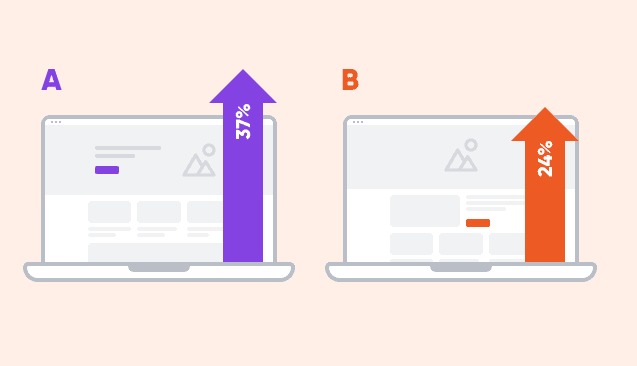Project
Webflow
How to Develop Motion Design Principles

Motion design plays a crucial role in creating engaging digital experiences by adding movement, enhancing storytelling, and improving user interactions. Developing motion design principles ensures consistency, usability, and aesthetics in animations across various platforms. This guide explores the key steps to developing effective motion design principles.
1. Understand the Purpose of Motion
Before integrating motion into your designs, identify its purpose. Motion should:
- Guide users through an interface
- Provide feedback and confirmation
- Create a sense of hierarchy and structure
- Enhance storytelling and brand identity
2. Establish Core Motion Principles
Define the foundational rules that will guide your motion design. Some key principles include:
- Clarity – Motion should always serve a functional purpose and not be purely decorative.
- Efficiency – Animations should be smooth, fast, and not delay user interactions.
- Consistency – Maintain a uniform motion style across all interactions.
- Delight – Use motion to create enjoyable experiences without overwhelming the user.
3. Define Timing and Easing Guidelines
Timing and easing affect the realism and feel of motion. Consider the following:
- Use ease-in for elements appearing naturally.
- Use ease-out for elements leaving the screen.
- Ease-in-out is ideal for smooth and natural movements.
- Keep animations between 200ms and 500ms to maintain responsiveness.
4. Create a Motion Library
Develop a library of reusable motion patterns and templates. This helps maintain consistency and speeds up design implementation. Include:
- Transitions (page loads, element fades, slide-ins)
- Micro-interactions (button presses, hover effects, loading indicators)
- Scrolling animations (parallax effects, reveal animations)
5. Optimize for Performance
Ensure that animations do not negatively impact performance. Optimize by:
- Using CSS animations instead of JavaScript when possible
- Reducing unnecessary motion effects
- Testing performance across devices and browsers
6. Test and Iterate
Motion design should enhance usability, not hinder it. Gather user feedback and make improvements based on:
- User interaction data
- A/B testing results
- Accessibility considerations (e.g., reduced motion preferences)
7. Document and Share Guidelines
Create a style guide or design system that documents your motion design principles. This ensures consistency across teams and projects. Include:
- Examples of good and bad motion design
- Technical implementation details
- Usage scenarios



